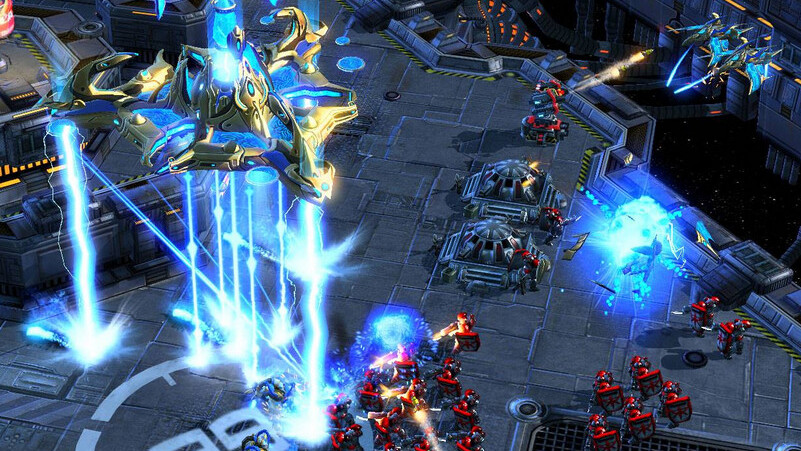
Esports. The idea itself is almost laughable to many: “Esports? What is that, nerds in a closet trying to beat each other at Tetris? They should go outside and get a tan, right guys?”
Put the Bud Light down and listen to me: There was once a time when esports was a joke of a concept. Those days are gone. Esports is now no laughing matter as companies that cater to gamers are joining a cast of A-list brands in sponsoring massive competitive leagues around the world that are sporting five and six figure prize pools.
All of that cash for people who wear bulky headsets and beat their keyboards hundreds of times per minute? Yeah, there are gamers out there that are richer than you. You like that? If you don’t, you can blame Intel, LG, and a few other billion dollar companies for helping to grow their paychecks by buying title sponsorships to the biggest esports events.
At the very forefront of the esports world is an American company called, fittingly, Major League Gaming, or MLG. MLG runs massive events, often called, somewhat anachronistically, LANs, all around the United States. These are no small affairs: The most recent MLG attracted 15,000 live spectators, 1,300 competitors, and around half a million people from 164 countries who tuned into the live streams of the event.
At peak, over 117,000 people were concurrently watching the weekend of madness that MLG hosted. And they do it a half-dozen times per year.
And Major League Gaming itself is no joke: The company has raised $56 million and makes its bread through advertising deals with companies like Dr. Pepper and other consumer giants, while charging for premium digital video streams and spectator passes. The company took on another $10 million invest last December to help fuel its continued growth.

Over the past year, esports has hit a new plane of growth, and currently sits in the cross-hairs of attention because a new game has exploded onto the scene, eclipsing the old warhorses of gaming. This single game has by itself caused a massive boom in viewership and interest that has allowed professional gaming to reach new heights. Please say hello to Starcraft 2.
If you have never heard the word ‘starcraft’ before, allow me to give you a brief history: 13 years ago, or roughly five decades in technology time, a game called Starcraft was released by software giant Blizzard. It would eventually become the most enduring esport of all time, with professional leagues that continue to this day abroad and at home. That is changing at last however, as Starcraft 2 has begun to steal the thunder of its predecessor. Starcraft, if you need an analogy, is the NFL of video games. In South Korea, leagues for the original Starcraft game are shown on television, and the top players are treated celebrities, with salaries to match their status. Live matches rival Metallica concerts in terms of sheer attendance.
Starcraft 2 is the sequel to Starcraft, and its release in July of 2010 marked a turning point in esports. Popular around the world, Starcraft 2 has spurred the creation of more tournaments and teams than can be counted. Starcraft 2 is quickly becoming the soccer of the esports world: beloved everywhere.
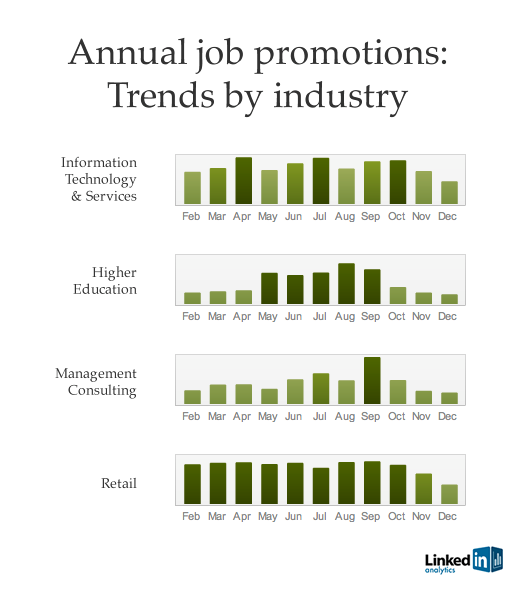
Money has followed the excitement. Teams are locking down sponsors, and even individual players are accepting corporate money to sport gear and logos for different events. The boom has been large enough that a cottage commentary industry has grown up alongside of Starcraft 2, with live shows that discuss the week’s happenings attracting thousands of viewers every night of the week. One of the most popular hosts of such content, Marcus ‘djWHEAT’ Graham has been around the block in esports. He’s been commentating on matches and hosting shows for years, and recently relaunched his stable of programming under the OneMoreGame.tv moniker, replete with new corporate sponsors and a roster of top guests and co-hosts.
We caught up with Marcus, ahem, djWHEAT, and asked him if the release of Starcraft 2 signified that esports had essentially ‘made it.’ He was bullish, but conservative, having seen the business cycle work its force in esports before.
TNW:
As a noted pillar in the esports community, do you feel a sort of vindication now that professional gaming has, in the eyes of many, come into its own?
djWHEAT:
No. Why? Because I’ve been doing this since 1999, [and I’ve] seen “magical” years in the past. Whether it was the prize purses, gaming on TV, or huge global events, each of these years made it seems like, “FINALLY IT’S HAPPENING,” when in reality it was just another stepping stone on the long journey to success. This might be a pessimistic look at things, but for me… it’s motivating. Our work isn’t done. We cannot sit back and let things run on cruise control, because we’ll end up being another “magical year” in Pro-Gaming. We need to embrace the massive success that pro-gaming is seeing right now and WORK HARDER THAN EVER to really make it “come into its own”. We need to support the players, the teams, the sponsors, and the organizations who are putting everything on the line to make this activity explode.
I’m very happy to see success, but as I mentioned, this only motivates me to work harder, and make sure that the last 11 years of being involved won’t go to waste.
We also asked djWHEAT to put forth thoughts on MLG, it being perhaps the most visible participant in North American esports:
TNW:
Where do you see esports in three years, and where does MLG fit into that future?
djWHEAT:
MLG has been a part of the growing world of pro-gaming for several years now. Their initial entry into PC Gaming introduced World of Warcraft to MLG, but it did not see the same success that StarCraft 2 saw when it was added. In three years, MLG will have continued to evolve and will be THE power player in North America. I think the scene will have grown to a level where we’ll see global competitors jetting around the world to compete against the best of the best.
djWheat’s reservations are fair: for every boom there is a decline, but what seems to be true is that for every expansion that esports enjoys, its following contraction is never as large; in other words, esports continues to grow, and it appears that there is little that can stop it in the long-term, even with potential future setbacks.
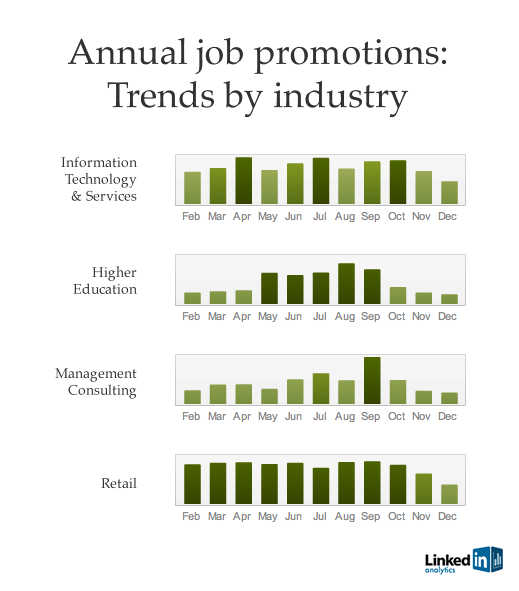
Now that even the jockiest of the jock can’t not know how play Halo, a franchise of shooting games that are a literal staple of esports, gaming is not simply an activity for a minority: it’s an accepted part of the normal human experience, in myriad forms around the globe.
MLG is at the very forefront of all of this, as Mr. Graham noted. In fact, to say that they are riding the wave of the popularization of esports would be incorrect: they are driving it forward. We dropped a line to MLG’s Rod ‘Slasher’ Breslau, its media maven and frequent djWHEAT collaborator, to talk about what Major League Gaming is doing, and how they are planning to grow in the future.
During a lengthy interview, Slasher informed us that at the most recent MLG event, Starcraft 2 was by far the most popular game in terms of both on-site and digital viewership. When asked to compare this year’s MLG Columbus event to the previous year’s edition, Slasher called the difference “ridiculous,” with all metrics enjoying fat growth. Call it the Starcraft 2 effect, if you will.
Slasher, who has been in esports for more than half a decade, thinks that Starcraft 2 has created something of a bubble, but that the overheating is minor and that esports will continue to grow. This is the case not just because of the strength of Starcraft 2, but also the effect of consumer-accessible, enterprise-grade live streaming software that allows players and tournament organizers alike to broadcast content to thousands in HD, with no need to ever touch a television. It has empowered every gaming genre to better serve its community, which has created a positive feedback loop that is pushing gaming higher and higher.
djWHEAT echoes this sentiment: “I don’t think we’ll ever see [esports] on TV, because the internet is too good of a medium to deliver content.”
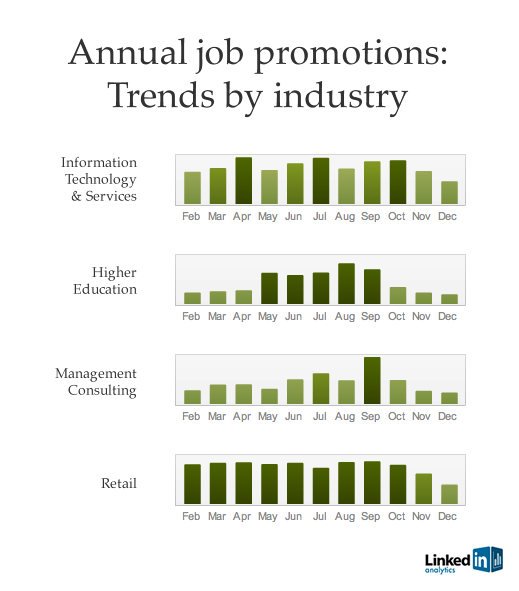
But Slasher, and his MLG brethren, are not betting the house on Starcraft 2, and are instead working to ensure that diversity of content reins. League of Legends, a popular game that competes with Starcraft 2 for fans has posted impressive stream numbers, and could rival the Starcraft franchise in the future.
It is interesting to note that while Slasher and djWHEAT are optimistic about esports, both registered a worry about future declines. We decided to dig a bit deeper into the issue and how MLG is handling it by talking to Sundance DiGiovanni, MLG’s CEO, about just where he sees esports going.
TNW:
As esports grows in popularity in the United States, especially since the advent of Starcraft 2, has it become easier for MLG to attract sponsors and partners?
Sundance:
Major League Gaming has always excelled at attracting sponsors and partners. Our sales efforts have gotten easier as the audience has grown and StarCraft 2 has definitely provided a boost there. The key is having games like StarCraft 2 that help broaden the audience. As our audience expands, more and more partners will see the value in supporting something which is near and dear to a growing community that already has millions of engaged members.
TNW:
Does MLG’s presence in the coveted young male demographic allow it to command premium advertising rates?
Sundance:
Without a doubt. It’s not just that we speak to the young male demographic, it’s that we always try to do it in a way that has them front and center. We are nothing without our fans and the fans and players always come first. We have turned down advertising and sponsor deals that didn’t support this core approach.
TNW:
As MLG continues to grow, will it expand into new content forms, and perhaps increase its number of events per year?
Sundance:
We’re looking at increasing the amount of pro-level competition for 2012. I can’t comment on how that will play out, but you will continue to see large-scale events, as well as more frequent Pro vs. Pro matches.
TNW:
MLG’s lack of international events is often mentioned by fans of the company in other countries. At this time, is MLG looking to expand into other nations? If so, is Canada first on the list?
Sundance:
At the moment we are looking to Europe (UK) as the next target for an MLG sanctioned event. Latin America has also been on our radar for some time. Canada was our first international expansion a few years ago, and I think that we’ll be back there one day.
Whether you want to care or not: esports is not something that can be ignored. And I don’t say that simply because of its growing popularity. No, esports matters because it has huge access into one of the most elusive demographics imaginable: males between the ages of 18 and 35. That means that brands that don’t give a damn about a video game either way now have to care about their broadcasting, because they have wares to pitch, and gamers are digitally savvy shoppers with dollars to spend.
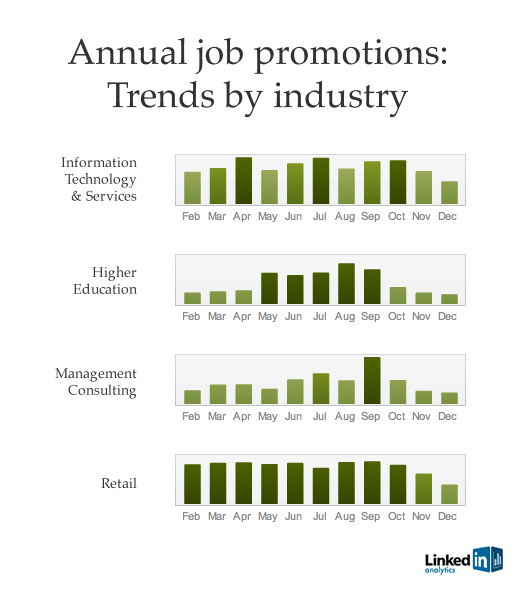
In the middle are the tournaments, grudge matches, leagues, show matches, and epic storylines, happily seated in between the audience and the advertisers. MLG’s tournaments are the best, and often the biggest, and that is why they appear poised to pioneer the nascent industry.
So should you let your kid stay up that extra hour to play that damn game he, or she, loves so much? We can’t answer that, but games can no longer be called refuges from ‘normal’ life; they are as a part of its fabric for many as are the NFL or the Arsenal and Manchester United rivalry.
Now, put your feet up, crack a beer (not Bud Light, please), and enjoy one of the best single matches ever to be played in esports: Idra vs. MMA.
That was fun, wasn’t it?
Get the TNW newsletter
Get the most important tech news in your inbox each week.




